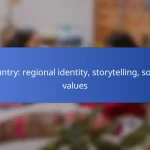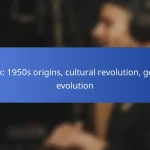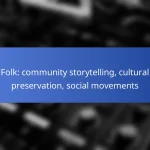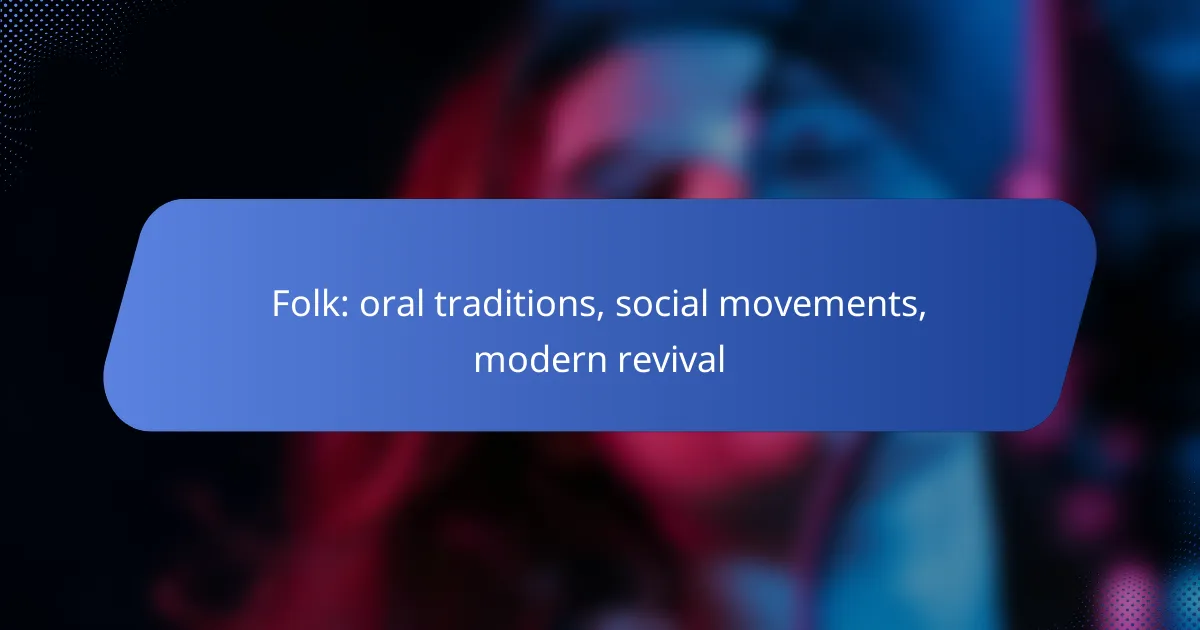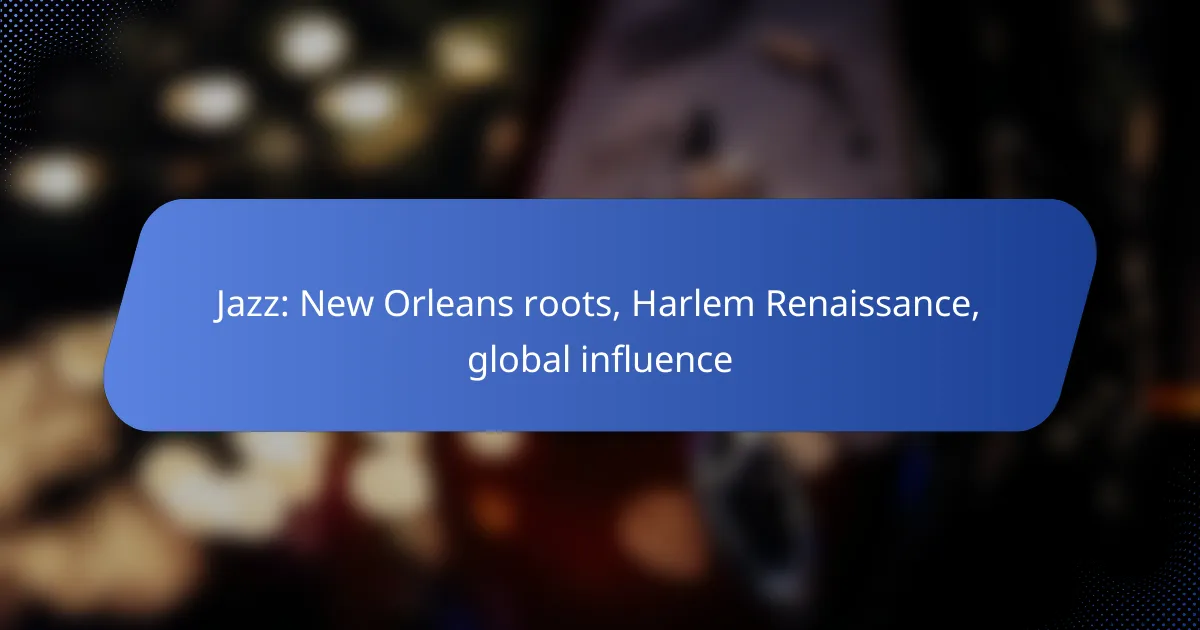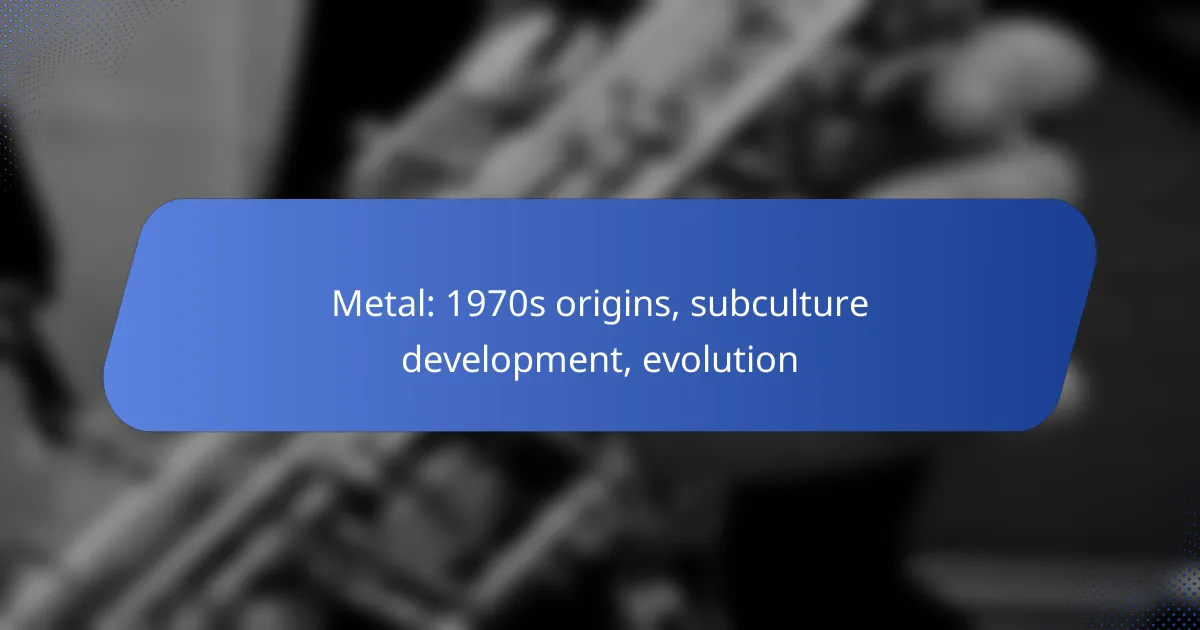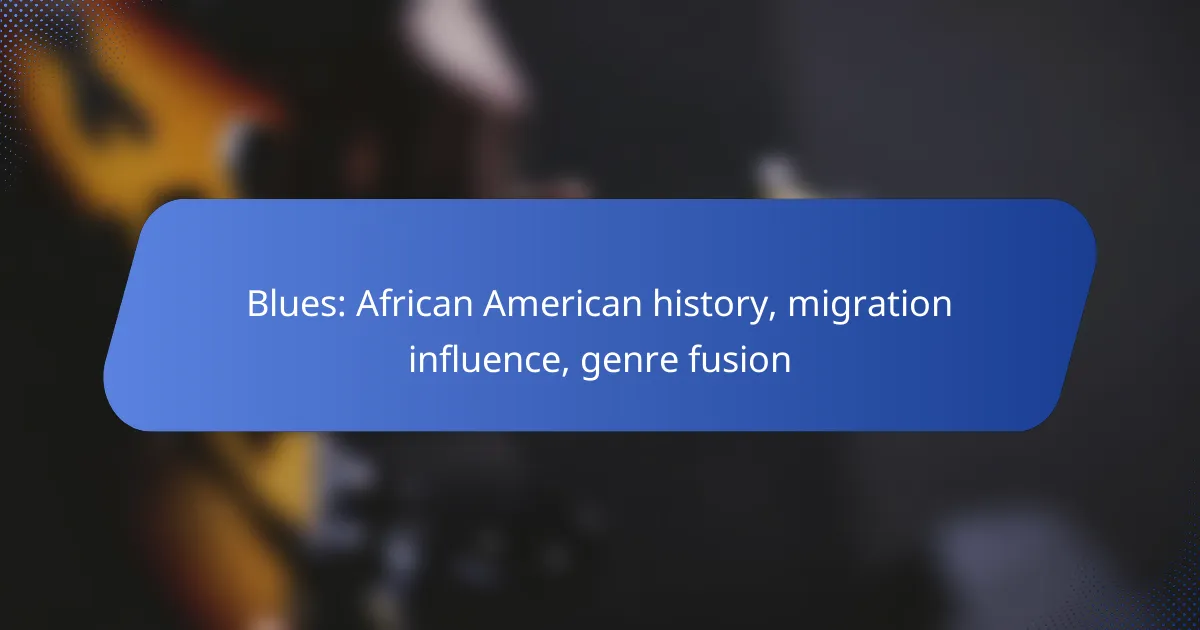Oral traditions serve as a vital link in shaping social movements, particularly in Australia, where they help preserve cultural narratives and strengthen community identity. These traditions, encompassing storytelling, songs, and proverbs, empower marginalized groups, especially Indigenous Australians, to advocate for their rights and environmental issues. In contemporary times, folk culture is witnessing a revival, driven by community engagement and digital innovation, fostering a renewed appreciation for traditional practices and local heritage.

How do oral traditions influence social movements in Australia?
Oral traditions play a significant role in shaping social movements in Australia by preserving cultural narratives and fostering community identity. These traditions transmit knowledge, values, and histories that empower marginalized groups, particularly Indigenous Australians, to advocate for their rights and environmental causes.
Connection to Indigenous rights
Oral traditions are fundamental to Indigenous rights movements in Australia, as they encapsulate the history and cultural heritage of Aboriginal and Torres Strait Islander peoples. Storytelling serves as a powerful tool for sharing experiences of dispossession and resilience, reinforcing the call for land rights and recognition of sovereignty.
Through oral histories, Indigenous communities articulate their connection to the land, which is crucial in legal and political contexts. These narratives often influence public opinion and policy discussions, helping to shape frameworks for reconciliation and justice.
Role in environmental activism
Oral traditions also play a vital role in environmental activism, particularly in advocating for sustainable land management practices. Indigenous knowledge, passed down through generations, emphasizes the importance of caring for the land and biodiversity, which is increasingly relevant in the face of climate change.
Activists utilize these oral narratives to highlight the impact of environmental degradation on Indigenous communities, fostering alliances between traditional custodians and broader environmental movements. This collaboration enhances the visibility of both cultural and ecological issues, driving collective action for sustainable futures.
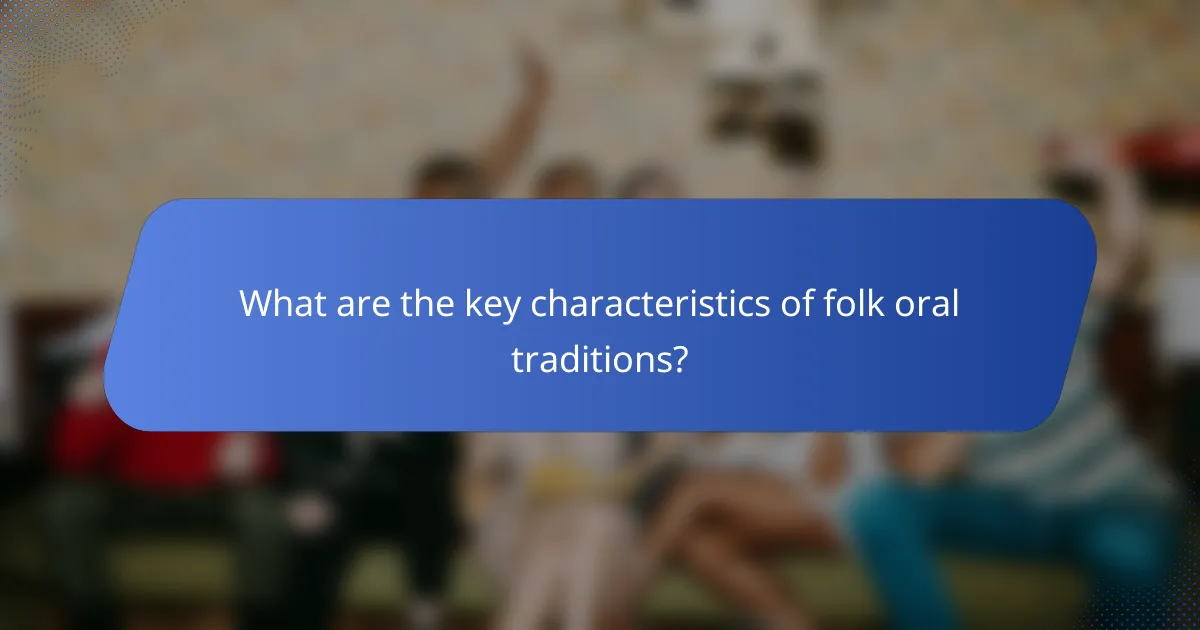
What are the key characteristics of folk oral traditions?
Folk oral traditions are characterized by their transmission through spoken word, often reflecting the culture and values of a community. These traditions include storytelling, songs, and proverbs that are passed down through generations, adapting over time while preserving core themes.
Storytelling techniques
Storytelling in folk traditions often employs vivid imagery, repetition, and dramatic tension to engage listeners. Techniques such as cliffhangers or moral lessons are common, allowing the audience to connect emotionally with the narrative. For example, tales may start with a familiar setting, drawing listeners in before introducing conflict.
Oral storytellers frequently use call-and-response methods, encouraging audience participation to enhance the experience. This interactive approach not only keeps the audience engaged but also reinforces community bonds as listeners become part of the storytelling process.
Use of local dialects
Local dialects play a crucial role in folk oral traditions, as they reflect the identity and culture of a community. Using regional language variations makes stories more relatable and authentic, allowing listeners to connect with the material on a personal level. For instance, a tale told in a specific dialect can evoke a sense of nostalgia and belonging.
Moreover, incorporating local idioms and expressions enriches the narrative, making it more colorful and engaging. However, storytellers should be mindful of their audience’s familiarity with the dialect to ensure comprehension and enjoyment. Balancing authenticity with accessibility is key to effective storytelling.
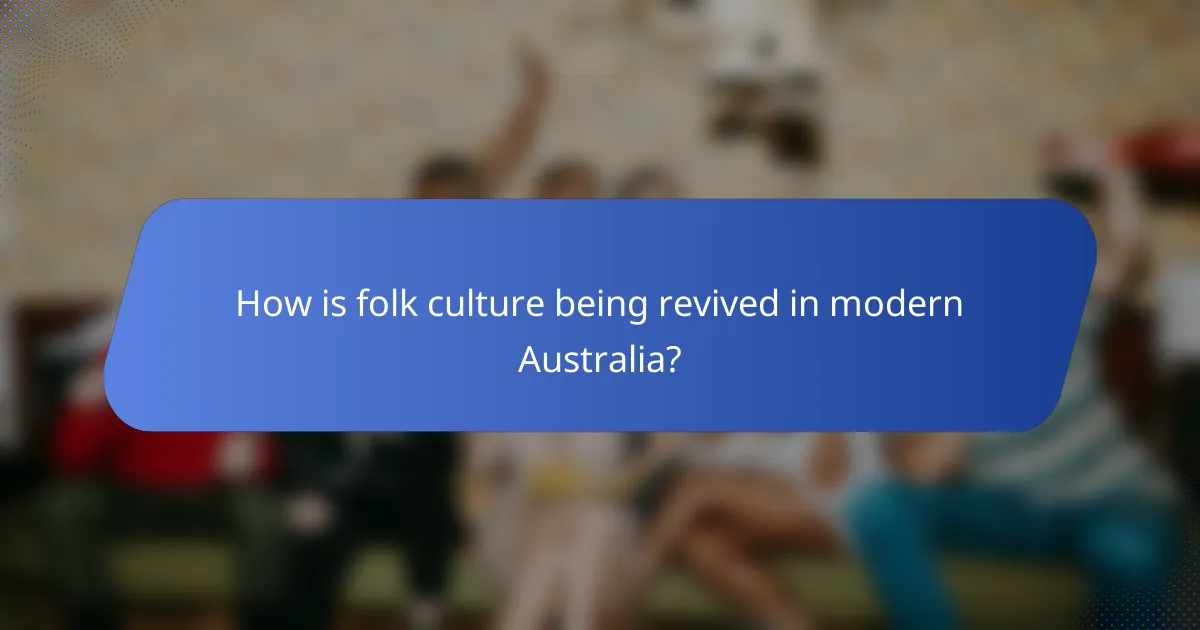
How is folk culture being revived in modern Australia?
Folk culture in modern Australia is experiencing a revival through community engagement and digital innovation. This resurgence is characterized by a renewed interest in traditional practices, storytelling, and local heritage, often facilitated by festivals and online platforms.
Community festivals
Community festivals play a vital role in reviving folk culture by bringing people together to celebrate local traditions. These events often feature music, dance, crafts, and food that reflect the unique cultural heritage of the area. Examples include the Woodford Folk Festival and the National Folk Festival, which attract thousands of attendees each year.
Organizing a community festival requires collaboration among local artists, businesses, and residents. Key considerations include securing funding, promoting the event, and ensuring accessibility for all participants. Engaging local schools and cultural groups can enhance the festival’s authenticity and reach.
Digital storytelling platforms
Digital storytelling platforms are increasingly used to share and preserve folk narratives in Australia. Websites and social media channels allow individuals to upload videos, audio recordings, and written stories that reflect their cultural experiences. This democratization of storytelling enables a wider audience to connect with diverse folk traditions.
Utilizing platforms like YouTube, Instagram, and dedicated storytelling websites can amplify the reach of folk culture. Creators should focus on high-quality content and authentic representation to engage viewers. Collaborating with local historians or cultural organizations can also enhance the credibility and impact of these digital narratives.
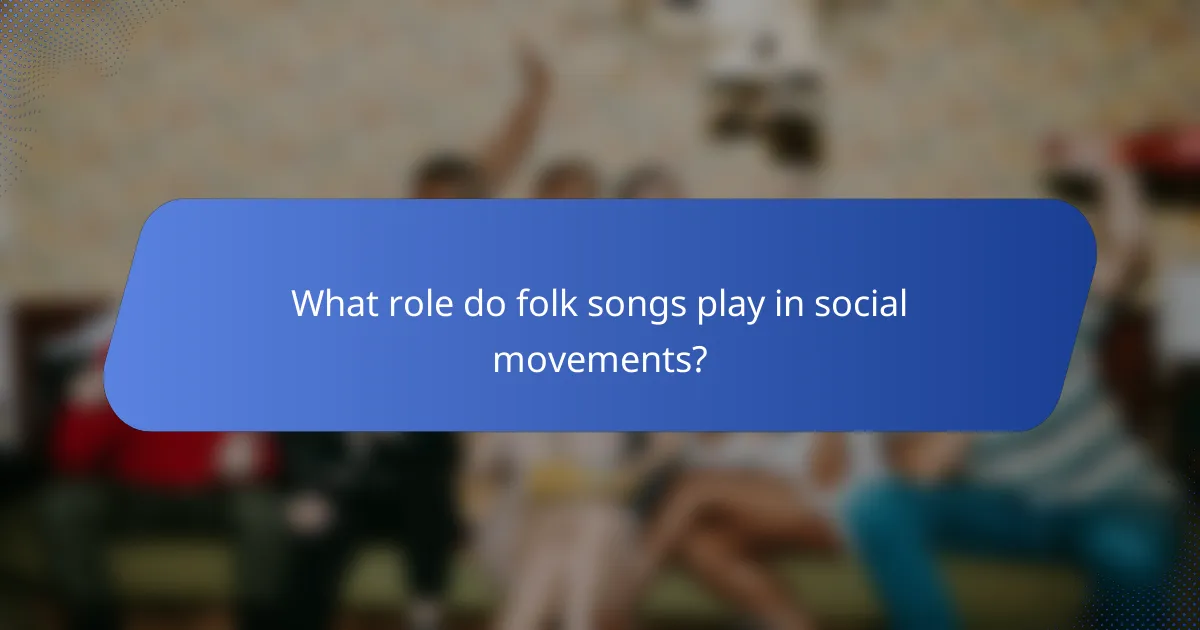
What role do folk songs play in social movements?
Folk songs serve as powerful tools in social movements by conveying messages of resistance, unity, and hope. They often encapsulate the struggles and aspirations of communities, making them effective in rallying support and raising awareness.
Historical context of protest songs
Protest songs have a rich history, particularly during pivotal moments such as the Civil Rights Movement and the anti-war protests of the 1960s. Artists like Bob Dylan and Joan Baez used their music to highlight social injustices and inspire action among listeners.
These songs often drew from traditional folk melodies, allowing them to resonate with a wide audience. The simplicity of their lyrics made them easy to remember and sing along to, fostering a sense of community among activists.
Contemporary folk artists
Today, contemporary folk artists continue the tradition of using music for social change. Musicians like Hozier and Brandi Carlile address current issues such as climate change and [censured] rights through their lyrics, engaging a new generation of activists.
These artists often blend traditional folk elements with modern styles, making their messages accessible to diverse audiences. By leveraging social media platforms, they can reach wider audiences and mobilize support for various causes effectively.
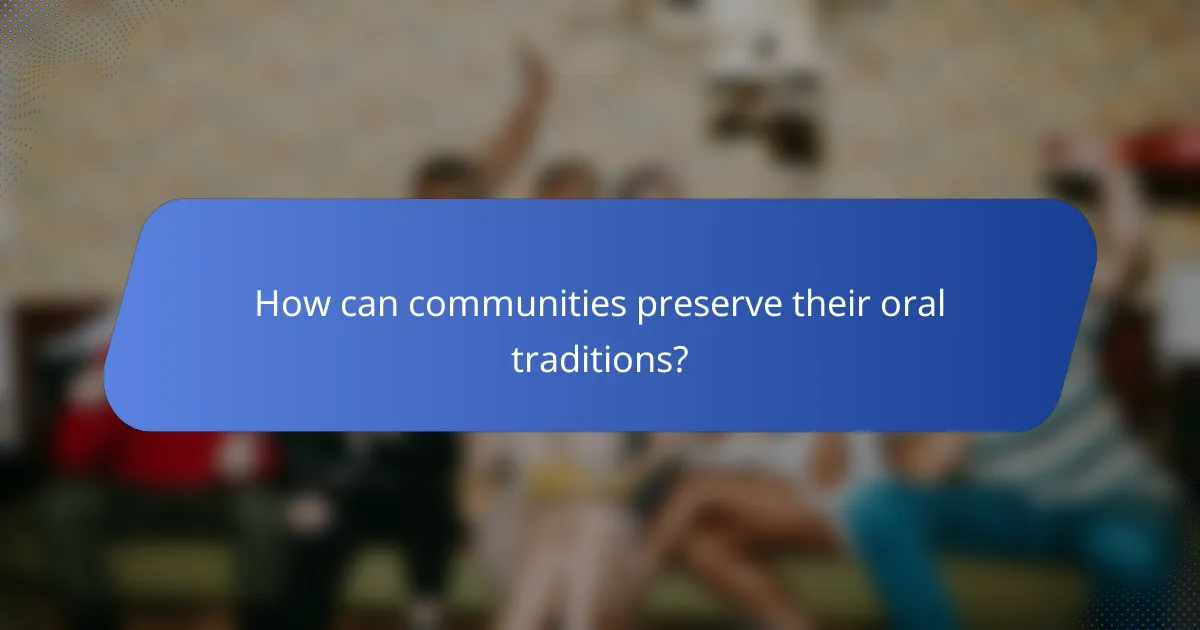
How can communities preserve their oral traditions?
Communities can preserve their oral traditions by actively engaging in practices that promote storytelling and cultural exchange. This involves organizing events, workshops, and collaborations that encourage participation and sharing among community members.
Workshops and educational programs
Workshops and educational programs are effective ways to teach and share oral traditions. These programs can focus on storytelling techniques, performance skills, and the historical context of local narratives. Engaging local artists or historians as facilitators can enhance the learning experience.
Communities should consider hosting regular workshops, perhaps monthly or quarterly, to ensure ongoing interest and participation. These sessions can be tailored for different age groups, allowing for a diverse exchange of stories and perspectives.
Collaboration with local schools
Collaborating with local schools can significantly enhance the preservation of oral traditions. Schools can integrate storytelling into their curriculum, encouraging students to learn about and share local folklore. This not only fosters a sense of identity but also engages younger generations in cultural practices.
Partnerships with educators can lead to joint events, such as storytelling festivals or competitions, where students present their own interpretations of traditional tales. Such initiatives can help bridge the gap between generations, ensuring that oral traditions remain vibrant and relevant.
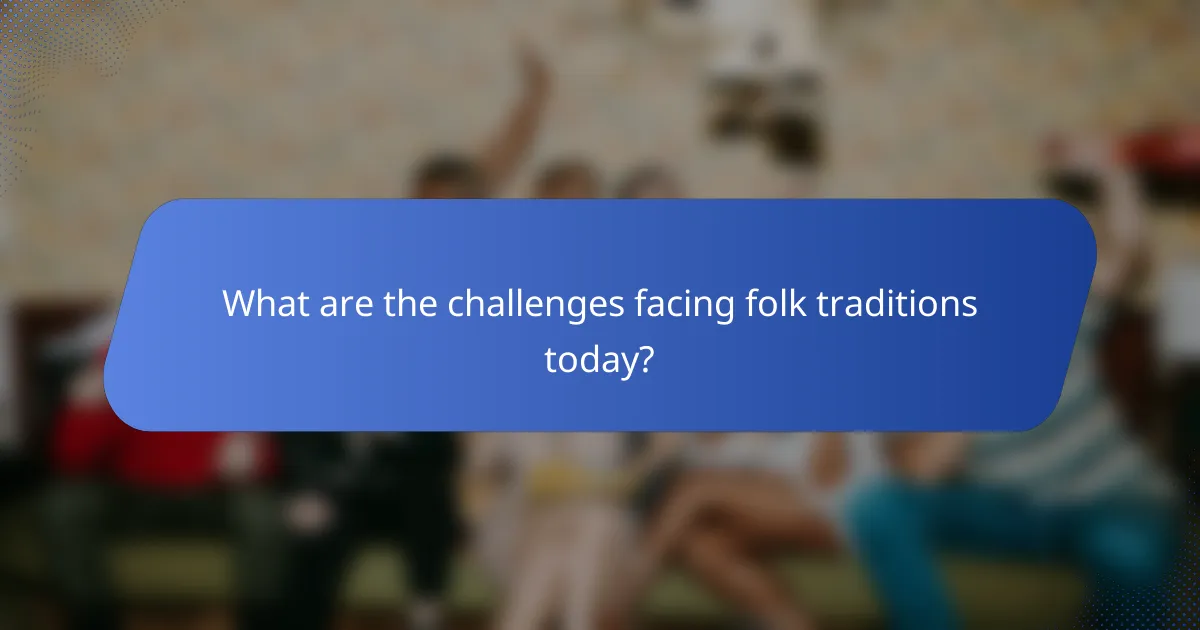
What are the challenges facing folk traditions today?
Folk traditions face several challenges today, primarily due to globalization, which can dilute local customs, and the loss of languages that carry these traditions. These factors threaten the survival and authenticity of folk practices across various cultures.
Globalization effects
Globalization significantly impacts folk traditions by promoting a homogenized culture that often overshadows local customs. As global media and commerce spread, traditional practices may be marginalized or commercialized, leading to a loss of their original meaning.
For example, folk music might be adapted into popular genres, losing its cultural context. Communities may struggle to maintain their unique identities when faced with the allure of global trends, which can lead to a decline in participation in traditional activities.
Loss of language
The loss of language is a critical challenge for folk traditions, as many oral traditions are deeply intertwined with the languages in which they are expressed. When a language becomes endangered or extinct, the associated folklore, stories, and customs often vanish as well.
For instance, in regions where indigenous languages are declining, the rich narratives that accompany folk traditions may not be passed down to future generations. Efforts to revitalize these languages are essential for preserving the cultural heritage they embody.

What are the benefits of engaging with folk traditions?
Engaging with folk traditions offers numerous benefits, including the preservation of cultural heritage and the strengthening of community ties. These practices foster a sense of belonging and identity while promoting social cohesion among diverse groups.
Strengthening community identity
Folk traditions play a crucial role in reinforcing community identity by connecting individuals to their shared history and values. Through storytelling, music, and rituals, communities can celebrate their unique characteristics and foster pride among members.
Participating in local festivals or traditional events can enhance this sense of belonging. For example, towns often host annual celebrations that highlight their cultural heritage, drawing in residents and visitors alike to partake in shared experiences.
Enhancing cultural diversity
Engaging with folk traditions contributes to cultural diversity by showcasing various practices and beliefs within a community. This exposure allows individuals to appreciate different perspectives and fosters mutual respect among diverse groups.
Promoting folk arts, crafts, and performances from various cultures can lead to a richer community experience. For instance, multicultural festivals that feature traditional foods, music, and dances encourage interaction and understanding among participants from different backgrounds.
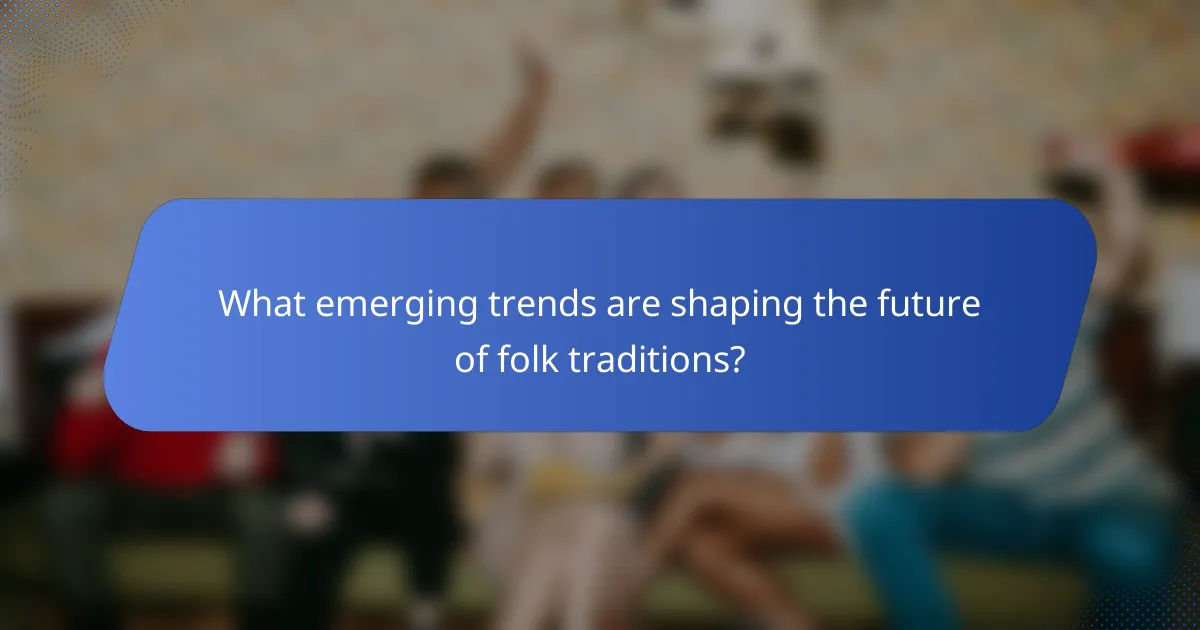
What emerging trends are shaping the future of folk traditions?
Emerging trends such as digital storytelling, social activism, and cultural fusion are significantly influencing the future of folk traditions. These trends reflect a growing interest in preserving cultural heritage while adapting to contemporary societal changes.
Digital storytelling and technology
Digital storytelling is transforming how folk traditions are shared and experienced. With the rise of social media and online platforms, traditional narratives can reach broader audiences, allowing for greater engagement and participation. This shift enables folk artists to showcase their work through videos, podcasts, and interactive content.
Moreover, technology facilitates the preservation of folk traditions by documenting oral histories and performances. Archiving these elements online ensures that they remain accessible to future generations, fostering a sense of continuity and cultural identity.
Social movements and activism
Social movements are increasingly intertwined with folk traditions, as communities use cultural expressions to advocate for social change. Folk music, dance, and storytelling often serve as powerful tools for raising awareness about issues such as environmental sustainability, human rights, and social justice.
For example, many contemporary folk artists incorporate themes of activism into their work, connecting traditional forms with modern struggles. This blending of old and new encourages a dialogue between generations, enriching the cultural landscape.
Cultural fusion and globalization
Cultural fusion is reshaping folk traditions by blending elements from various cultures. As globalization facilitates cross-cultural exchanges, traditional practices are often reinterpreted, leading to innovative forms of expression. This fusion can enhance the vibrancy of folk traditions, making them more relevant to diverse audiences.
However, it is essential to approach cultural fusion with sensitivity to avoid appropriation. Engaging with the source communities and respecting their narratives can help ensure that these adaptations honor the original traditions while fostering inclusivity.


